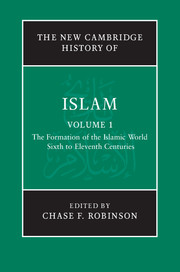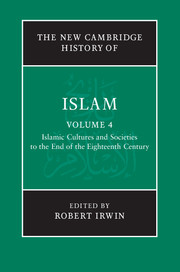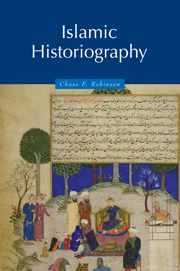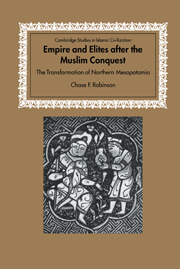The New Cambridge History of Islam
Volume One of The New Cambridge History of Islam, which surveys the political and cultural history of Islam from its Late Antique origins until the eleventh century, brings together contributions from leading scholars in the field. The book is divided into four parts. The first provides an overview of the physical and political geography of the Late Antique Middle East. The second charts the rise of Islam and the emergence of the Islamic political order under the Umayyad and the Abbasid caliphs of the seventh, eighth and ninth centuries, followed by the dissolution of the empire in the tenth and eleventh. 'Regionalism', the overlapping histories of the empire's provinces, is the focus of Part Three, while Part Four provides a cutting-edge discussion of the sources and controversies of early Islamic history, including a survey of numismatics, archaeology and material culture.
- Volume 1 of the six-volume New Cambridge History of Islam examines the political and cultural history of Islam from the sixth to the eleventh centuries
- Leading scholars in the field make accessible a generation's worth of academic progress in the study of early Islamic history
- Includes a chronology, glossary, maps, genealogical tables, and over 85 images of coins and items of archaeological interest
Product details
November 2010Hardback
9780521838238
870 pages
235 × 160 × 46 mm
1.5kg
Available
Table of Contents
- Introduction Chase F. Robinson
- Part I. The Late Antique Context:
- 1. The resources of Late Antiquity John Haldon
- 2. The late Roman/early Byzantine Near East Mark Whittow
- 3. The late Sasanian Near East Josef Wiesehöfer
- 4. Pre-Islamic Arabia Michael Lecker
- Part II. Universalism and Imperialism:
- 5. The rise of Islam, 600-705 Chase F. Robinson
- 6. The empire in Syria, 705-763 Paul M. Cobb
- 7. The empire in Iraq, 763-861 Tayeb El-Hibri
- 8. The waning of empire, 861-945 Michael Bonner
- 9. The late Abbasid pattern, 945-1050 Hugh Kennedy
- Part III. Regionalism:
- 10. Arabia Ella Landau-Tasseron
- 11. The Islamic East Elton L. Daniel
- 12. Syria R. Stephen Humphreys
- 13. Egypt Michael Brett
- 14. The Iberian Peninsula and North Africa Eduardo Manzano Moreno
- Part IV. The Historiography of Early Islamic History:
- 15. Modern approaches to early Islamic history Fred M. Donner
- 16. Numismatics Stefan Heidemann
- 17. Archaeology and material culture Marcus Milwright
- Conclusion: From formative Islam to classical Islam Chase F. Robinson.






